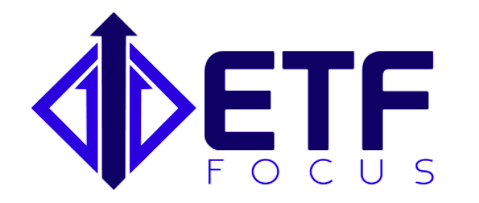Equal weight ETFs, such as the Guggenheim S&P 500 Equal Weight ETF (RSP) and the PowerShares Russell 1000 Equal Weight ETF (EQAL), have gotten a lot of attention lately thanks to their performance relative to the broader market. That’s not surprising considering that small caps and mid caps, two areas of the market that receive greater investment in equal weight ETFs, have outperformed the S&P 500 over the past five years. The two funds listed above beat the S&P 500 by 2.5% and 3.6%, respectively, in 2016 alone.
Where equal weight ETFs go from here, though, is some matter of conjecture. Equal weight funds generally perform best when smaller companies outperform as has been the case lately. After a 26% return in 2016 and with a forward P/E of 21, small caps (SLY) might be looking a little overcooked and primed for a period of underperformance. If that’s the case in 2017, look for equal weight funds to lag.
Long term investors may not have reason to dismay though. Mid caps and small caps, despite their inherently higher risk, tend to outperform their large cap brethren over time. If that trend continues, equal weight funds, which underweight large caps and overweight small caps, should be expected to beat the S&P 500 given enough time.
But doesn’t equal weighting increase the fund’s risk? Yes and no. While it’s true that tilting the portfolio towards smaller companies should increase the fund’s overall risk profile, the increased diversification and changes to the underlying composition of the fund mitigate much of that risk.
The S&P 500 is fairly top-heavy. The top 10 holdings alone account for nearly 20% of the fund. The bottom 300 account for roughly the same percentage. In other words, very few names control much of the index’s movement. The equal weighting method gives a truer sense of diversification since all 500 names are given equal importance. A disappointing earnings report by Apple might have a material impact on the S&P 500 but its effect on an equal weight fund would be relatively negligible.
The equal weighting method alters the fundamental structure of the fund as well. Look at the sector allocation differences between both funds.

Tech is the biggest sector in the S&P 500 with nearly 20% of the index’s total weight. It dominates the top of the S&P 500 as three of the top seven names - Apple (AAPL), Microsoft (MSFT) and Facebook (FB) - all reside in the sector (four if you count Google’s (GOOG) two separate share classes as one company). The equal weighting approach drops tech down the list and lifts two traditionally conservative sectors - consumer cyclicals and industrials - to the top.
Those factors alone don’t bring the fund’s risk level in line with the S&P 500 but it comes close. A study of the historical standard deviation of daily returns shows that an S&P 500 equal weight fund is about 5% riskier than the S&P 500. Over the past 10 year period, the Guggenheim S&P 500 Equal Weight ETF has returned 8% per year vs. the 7% average annual return of the S&P 500. Getting an extra 1% return per year with only slightly higher risk is a tradeoff most investors would take.
While the next year or two may carry some uncertainty, equal weight index funds still look like solid choices for long term investors.
If you enjoyed reading this article, please be sure to share it below and subscribe to the site so that you don't miss any updates or new stuff! As always, thank you for taking the time to read!


